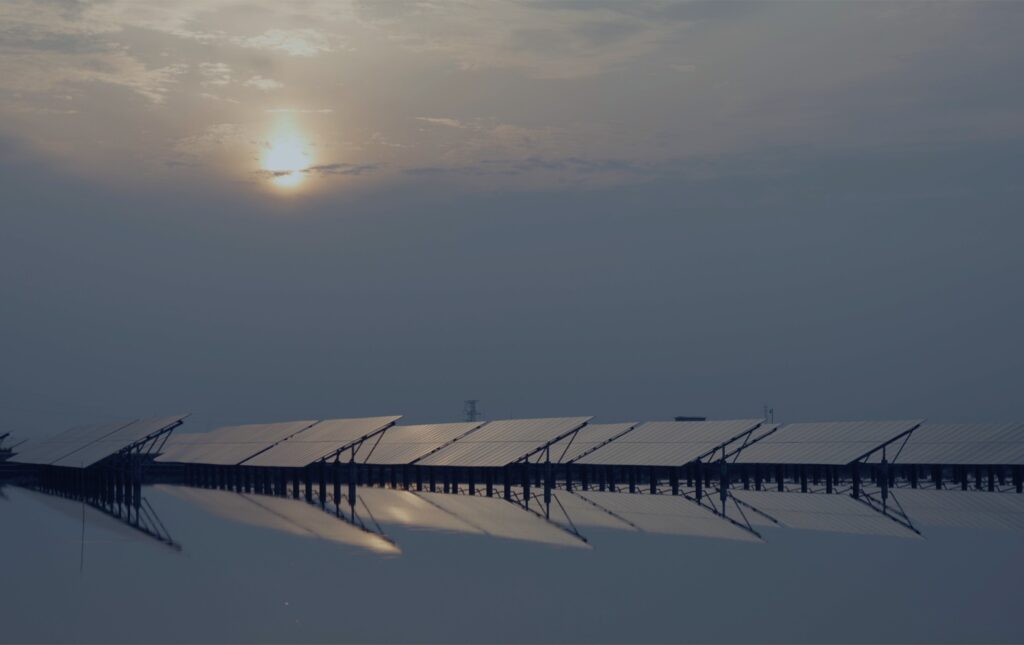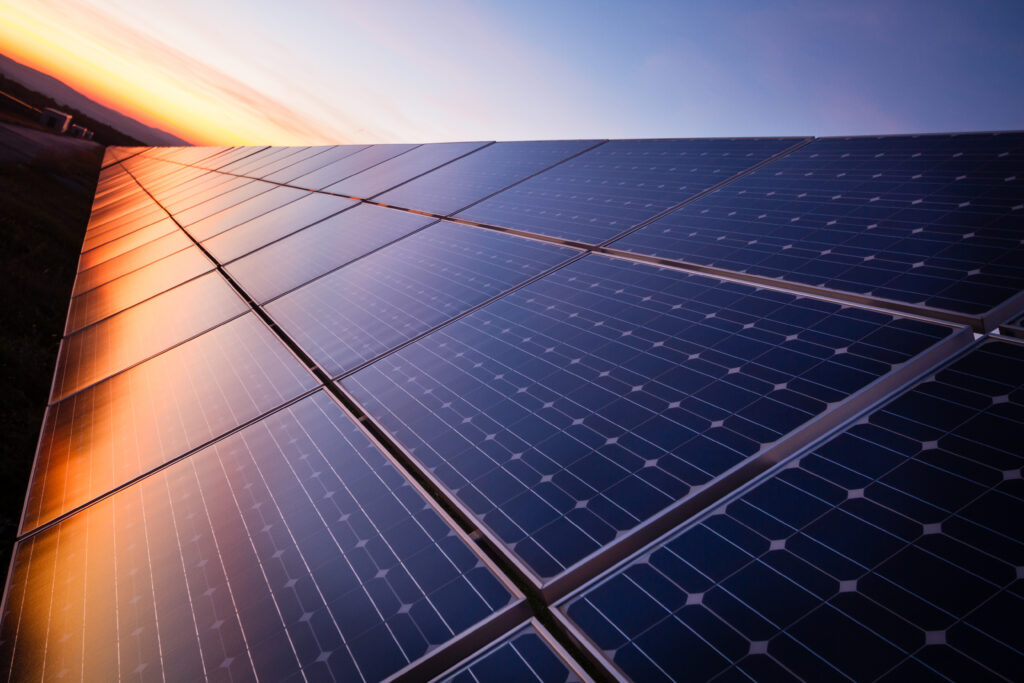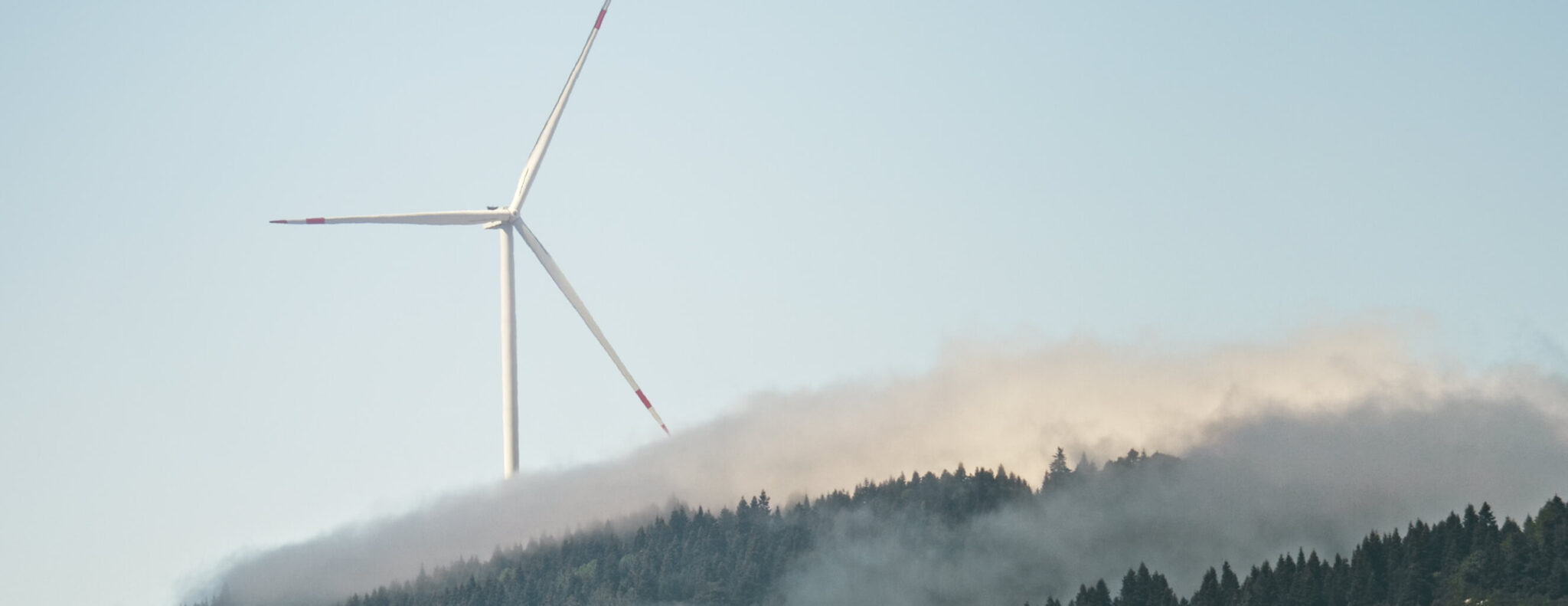
Inside Concord New Energy Group Limited: 4 GW of Lessons for Global Developers
12 August 2025
Concord New Energy Group Limited (HKEX: 0182) continues to define what disciplined, technology-led growth looks like in today’s renewable energy landscape. With a 2024 portfolio reaching 4,615 MW of attributable capacity (3,732 MW from wind and 883 MW from solar) the Group’s results and strategy provide a blueprint for developers worldwide.
Why CNE Matters in 2025
CNE’s consistent performance is underpinned by its sharpened global focus and ESG credibility. Headquartered in Singapore and listed on the Main Board of the Hong Kong Stock Exchange, the Group has secured an AA rating from MSCI ESG Ratings and ranks in the top decile among global renewable electricity peers.
This credibility is matched by execution. CNE grew its attributable capacity by 14% year-over-year in 2024 and now operates projects across 20+ international regions. Its ESG score by S&P Global improved to outperform 84% of industry peers, reinforcing CNE’s leadership in operational transparency and sustainability.
/
Three Levers of Scalable Strategy
CNE’s growth model is built on three replicable pillars that enable capital efficiency and long-term competitiveness.
1. A Predominantly Subsidy-Free Portfolio
As of 2024, 69% of CNE’s capacity is subsidy-free, reflecting market-tested project economics and resilience to policy shifts. The Group’s focus on merchant-ready infrastructure ensures pricing adaptability and operational independence.
2. Integrated Design–Build–Operate Delivery
The Group’s subsidiary, Concord Power Consulting & Design (CPCD), executed 118 external design and consulting contracts last year. This integrated approach enhances cost control, reduces lead times, and supports technical standardization across CNE’s pipeline.
3. Industry-Leading Financing Terms
Through strategic structuring and market-aligned instruments, CNE achieved a 3.43% average interest rate on newly secured loans in 2024. The overall financing rate fell to a historical low of 3.98%, enabling further reinvestment into international growth and innovation.
//
Performance Dashboard
CNE delivered year-over-year growth across key metrics:
- Installed capacity: +14%
- Attributable power generation: +10.5%
- Revenue from subsidiary-owned power plants: +11.3%
These gains came despite macroeconomic headwinds and localized curtailment pressures. Notably, wind assets contributed over 89% of total generation, offering stable, scalable returns.
/
Strategic Takeaways for Global Developers
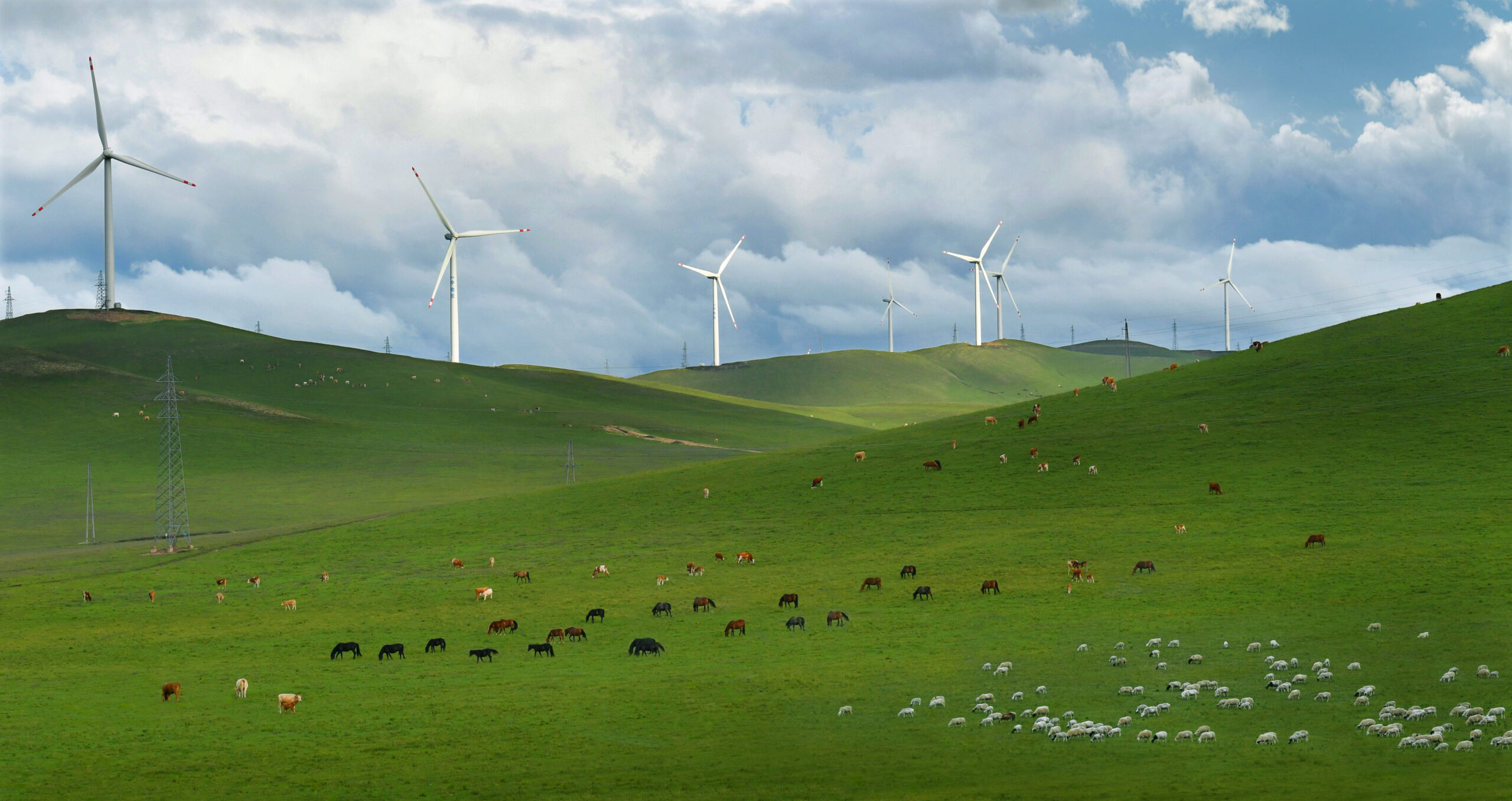
CNE’s experience offers four core lessons:
1. Operational integration reduces risk
Controlling development, design, and EPC functions ensures delivery certainty and technical alignment.
2. Capital discipline creates resilience
Low-cost financing and efficient asset rotation improve long-term value.
3. Subsidy-free models signal maturity
Developers must prepare for merchant pricing and power trading volatility.
4. ESG leadership attracts capital
High ESG scores differentiate platforms in capital markets increasingly focused on sustainability metrics.
/
/
Explore Further
Download the full 2024 ESG & Annual Report digest to access CNE’s data, governance strategies, and global project footprint.
Related Articles

Governance Practices Every Sustainable Clean Energy Group Needs in 2025
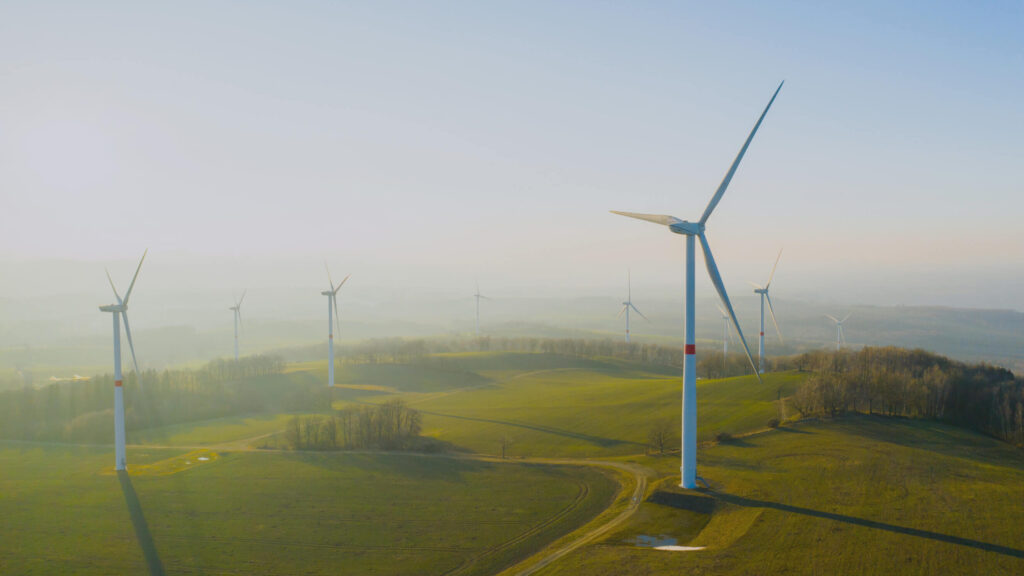
Global Clean Energy Investment: How Concord New Energy is Navigating a Rapidly Changing Market
